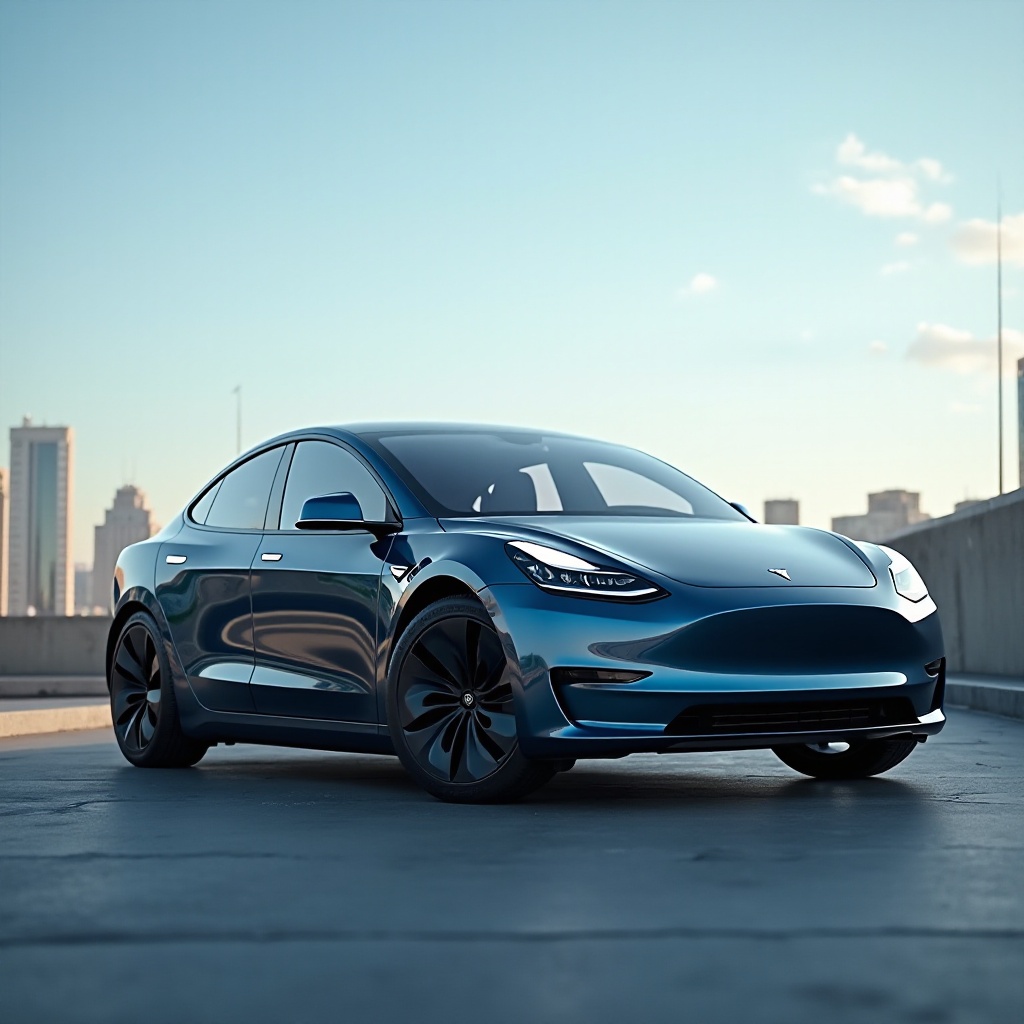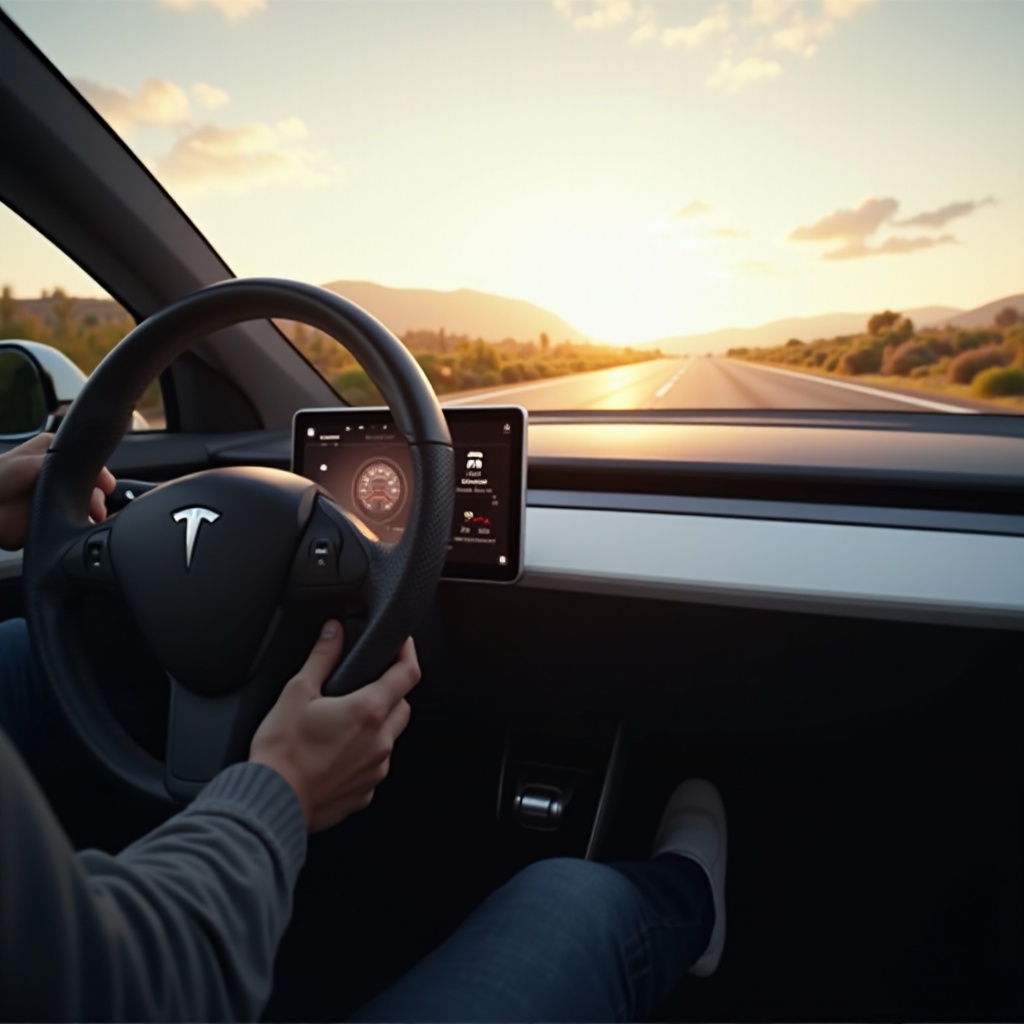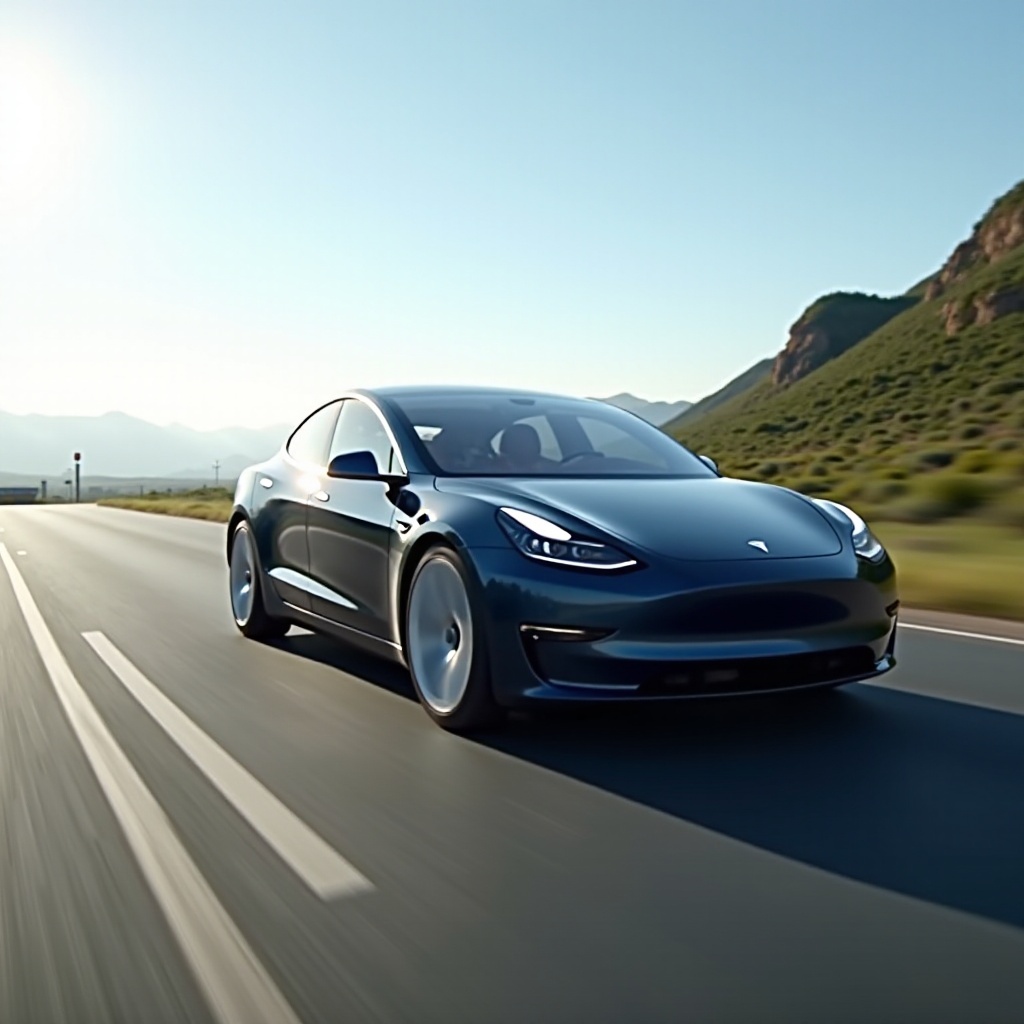Introduction
Electric vehicles have revolutionized the automotive industry, offering an eco-friendly alternative to traditional gasoline-powered cars. Among the leading electric vehicles, the Tesla Model 3 stands out for its impressive efficiency and performance. A critical metric to understand when driving an EV is miles per kilowatt hour (mi/kWh). This blog will explore how to maximize the efficiency of your Tesla Model 3, the benefits of achieving high efficiency, and how it compares to other electric vehicles. By the end of this article, you’ll be equipped with knowledge on how to get the best out of your Tesla Model 3.

Understanding Miles per Kilowatt Hour (mi/kWh)
Miles per kilowatt hour (mi/kWh) serves as a key efficiency metric for electric vehicles, analogous to miles per gallon (mpg) for traditional cars. Essentially, mi/kWh measures how many miles your vehicle can travel using one kilowatt hour (kWh) of electrical energy. This figure is vital as it directly impacts the range of the vehicle and the cost of driving.
Let’s break it down further. A kilowatt hour is a unit of energy equivalent to one kilowatt (1 kW) of power sustained for one hour. By understanding mi/kWh, drivers can make informed decisions about their driving habits, manage their vehicle’s energy consumption effectively, and ensure they’re maximizing efficiency.
Efficiency isn’t just about saving money; it’s also about extending your driving range and reducing your environmental footprint. With advancements in technology and a focus on sustainable energy, improving your Tesla Model 3’s efficiency is more attainable than ever.

Tesla Model 3 Efficiency Metrics
The Tesla Model 3 is renowned for its superior efficiency. Depending on the specific model and driving conditions, the Model 3 can achieve an impressive efficiency ranging from approximately 3.8 to 4.6 miles per kilowatt hour. This range can vary depending on factors such as driving style, road conditions, weather, and the use of accessories like air conditioning or heating.
Several factors contribute to the Model 3’s high efficiency metrics:
- Aerodynamic Design: The sleek design minimizes air resistance, allowing for smoother and more efficient driving.
- Battery Performance: Advanced battery technology ensures optimal energy storage and consumption.
- Regenerative Braking: This system recaptures energy usually lost during braking and converts it back into usable power.
By understanding these metrics, Tesla Model 3 owners can better appreciate the engineering marvel of their vehicle and how to use it to their advantage.
Enhancing Tesla Model 3 Efficiency
To make the most of your Tesla Model 3, consider these practical steps to enhance its efficiency:
- Smooth Driving: Accelerate and decelerate gradually to keep energy consumption steady. Avoid aggressive driving behaviors such as rapid acceleration.
- Use Regenerative Braking: Maximize the use of regenerative braking to recapture energy during deceleration.
- Manage Climate Control: Climate control systems, including air conditioning and heating, can drain the battery. Use these systems sparingly and consider pre-conditioning your car while it’s still charging.
- Maintain Proper Tire Pressure: Regularly check and maintain the recommended tire pressure to reduce rolling resistance.
- Reduce Weight: Remove unnecessary items from your car to make it lighter. Additional weight requires more energy to move.
- Optimize Route Planning: Use Tesla’s trip planner to choose routes with charging stations and optimal driving conditions.
- Software Updates: Keep your vehicle’s software up to date for the latest efficiency improvements.
Improving your Model 3’s mi/kWh not only extends your driving range but also reduces charging frequency and costs, enhancing the overall ownership experience.

Environmental Benefits of High Efficiency
Enhancing your Tesla Model 3’s efficiency does not only provide personal and financial advantages. It significantly adds to environmental conservation. Achieving high efficiency means less energy consumption for the same mileage, which reduces the necessity for electricity generation, often from non-renewable resources.
Here are some key environmental benefits:
- Reduced Carbon Footprint: Lower energy consumption leads to a reduction in carbon emissions, contributing to cleaner air and a healthier planet.
- Sustainable Energy Utilization: Efficient use of energy resources ensures that renewable energy sources like wind and solar power can meet a greater portion of demand.
- Conservation of Resources: High efficiency reduces the frequency of charging, thereby decreasing the demand for battery production and its associated environmental impact.
By driving your Tesla Model 3 efficiently, you’re playing an active role in the global effort to combat climate change and promote sustainability.
Conclusion
Maximizing the efficiency of your Tesla Model 3 miles per kilowatt hour can yield numerous benefits, from extending your driving range and reducing costs to contributing to environmental conservation. By understanding the factors that impact efficiency and adopting best practices, you can make the most out of your electric vehicle. The Tesla Model 3’s advanced technology and design provide an excellent foundation for achieving outstanding efficiency, benefiting both you and the planet.
Frequently Asked Questions
What is the average miles per kilowatt hour for a Tesla Model 3?
The average miles per kilowatt hour for a Tesla Model 3 typically ranges from 3.8 to 4.6 mi/kWh, depending on driving conditions and habits.
How can I improve my Tesla Model 3’s efficiency?
You can improve your Tesla Model 3’s efficiency by adopting smoother driving habits, utilizing regenerative braking, managing climate control usage, maintaining tire pressure, reducing vehicle weight, optimizing route planning, and keeping software updated.
How does mi/kWh in a Tesla Model 3 compare to other EVs?
The Tesla Model 3’s efficiency metrics are among the best in the EV market. While other electric vehicles offer varying mi/kWh, the Model 3 consistently ranks high due to its advanced technology, aerodynamic design, and battery performance.


